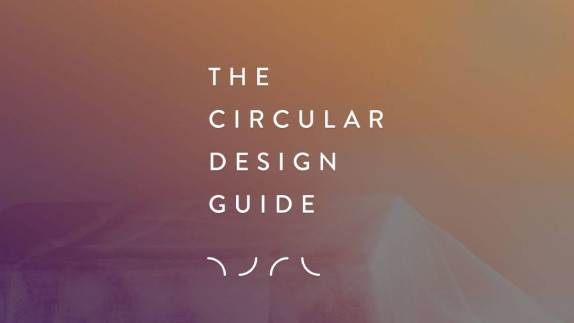Learn the basics of telling great stories around your product or service and how it relates to circularity. What is an immersive and emotional story that makes people feel invested in your brand?
The story you tell can be what makes or breaks your initiative. A compelling narrative about your product can create loyalty in customers and deepen investment from stakeholders. Sometimes, the best story to tell isn’t what you are doing that is circular, but actually just what you are doing that makes your product a better experience.
Steps
Step 1
Revisit your Brand Promise. Think about the emotional qualities you want your brand to evoke for customers and the message you will use to make that resonate.
Step 2
Empathise with internal audiences. Consider how your circular product or service links to core business drivers such as:
Thinking beyond the product to develop new added value customer services (e.g. new models or ownership, personalisation or repairrepairOperation by which a faulty or broken product or component is returned back to a usable state to fulfil its intended use. services)
Becoming more adaptive to customer needs
Becoming more collaborative as an organisational culture and less siloed
Capturing more value by closing the loop and re-using materials
Addressing risks in the business model around resource use
Activating your brand purpose
Step 3
Create a storyboard that helps you think about the message you want to share with your audience. Try to answer the following questions, but feel free to play with the order. Does it start with a big, lofty challenge statement or does it start with a small story of a person’s life? That’s up to you!
What’s the challenge you are trying to solve?
What’s your innovation? (keep this simple – don’t try to over explain)
Why is this important/relevant? (what’s new or changing because of this?)
What insights brought you to this solution?
How will this change your customers’ lives in some way?
What story or stories support this?
Step 4
Think carefully about your use of words – what emotions are you trying to stimulate? Are you telling a story that others can buy into?
Step 5
As you construct your story, try to be as specific as you can and use empathetic language.
Step 6
Most importantly, pick a focus and create a 'through-line' to your story. Once you have the components in place, think about how you would tell this story to someone over drinks, or to your grandmother. Is it relatable? Does it hold up outside of your industry and context?
Step 7
For fine-tuning your narrative, this article has some great pointers on how to bring your story to life.

Circular Design Guide
This page is part of the Circular Design Guide. Get an overview of the project, or dive straight into our activities to help you understand, define, make, and release circular innovations.






